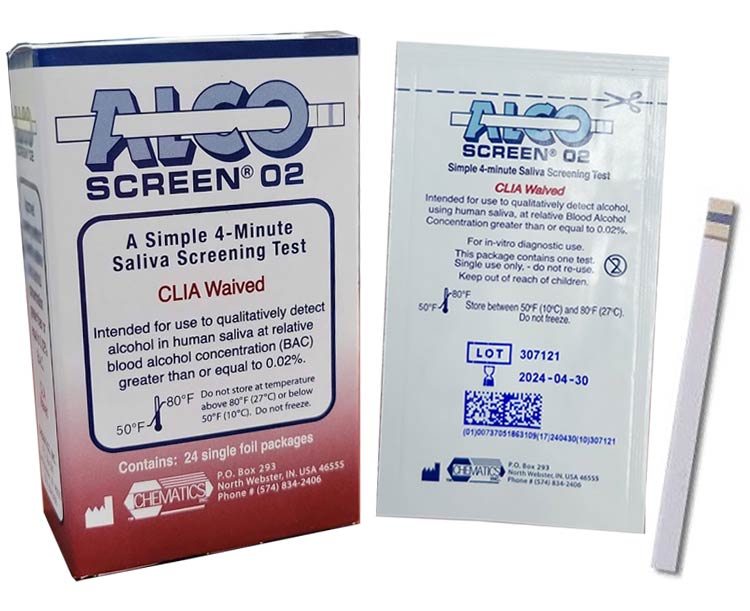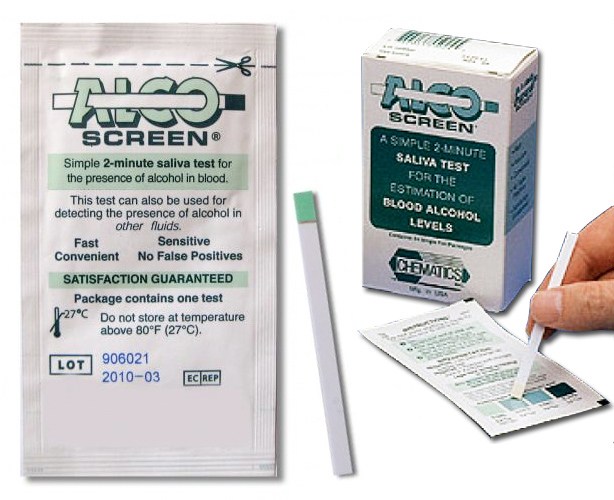
Please choose a body region on the right for you to pin point the problem area of your body.

Shop by Condition

Shop by Brand
Breathalyzers have become a familiar sight at traffic stops and in various establishments where alcohol is served. These devices play a crucial role in ensuring public safety by measuring an individual's blood alcohol content (BAC). But have you ever wondered how breathalyzers work? In this article, we will delve into the science behind these instruments and demystify the process.
Breathalyzers operate on a simple yet effective principle: they measure the concentration of alcohol in your breath, which is directly correlated with the alcohol content in your bloodstream. When you consume alcohol, it is absorbed into your bloodstream and eventually expelled through your breath as you exhale. The amount of alcohol in your breath is proportional to the amount in your blood, making it a reliable indicator of your BAC.
The Breath Sample Collection
To measure your BAC accurately, a breathalyzer first collects a breath sample. When you blow into the device's mouthpiece, your breath enters a chamber where the magic happens. Inside this chamber, the alcohol molecules in your breath interact with a sensor, and this interaction is the key to determining your BAC.
The Role of Electrochemical Sensors
Electrochemical sensors are the heart of most modern breathalyzers. These sensors work on the principle of oxidation. When alcohol molecules in your breath come into contact with the sensor, they undergo a chemical reaction, releasing electrons in the process. The sensor detects this flow of electrons, which is directly proportional to the concentration of alcohol in your breath.
Calibration and Accuracy
For breathalyzers to provide reliable results, they need to be calibrated regularly. Calibration ensures that the sensors remain accurate over time. Typically, a standard alcohol solution with a known alcohol concentration is used to calibrate the device. This calibration process allows the breathalyzer to establish a baseline for its measurements, ensuring that the results are as precise as possible.
Displaying the BAC
Once the breathalyzer has collected and analyzed your breath sample, it displays your BAC on its screen. This result is typically expressed as a numerical value, such as 0.08%, which is the legal limit for driving in many jurisdictions. If your BAC exceeds this limit, the device will indicate that you are over the legal limit, and you may face legal consequences.
The Factors Affecting Accuracy
While breathalyzers are generally reliable, several factors can affect their accuracy. It's essential to be aware of these factors, especially if you are using a breathalyzer in a personal or professional setting:
Breathalyzer Takeaways
Breathalyzers play a crucial role in maintaining public safety by measuring an individual's blood alcohol content . While breathalyzers are generally accurate, various factors can influence their results, so it's essential to use them correctly and be aware of potential sources of error.
| |
|---|
 Alco-Screen 02 Alcohol Test Strips (DOT Approved) |
 AlcoMate Premium Breathalyzer |
| |
|---|
 Alco-Screen Alcohol Test Strips |
 Syntheticare Vinyl Medical Gloves, Powder-Free |
 Janibell Liner Refills for 400 Series |
| Stay Connected! | |
|
|
|
Related Articles
Get $10 off your next order when you sign up to receive our email newsletter.*
Simply enter your email address below!
*Minimum order value of $100. Valid email address to qualify.







